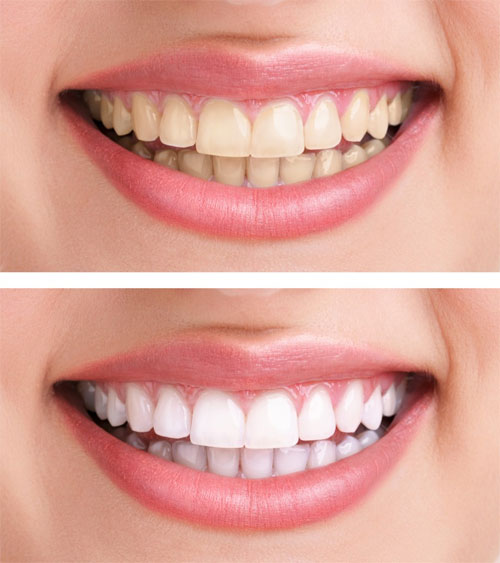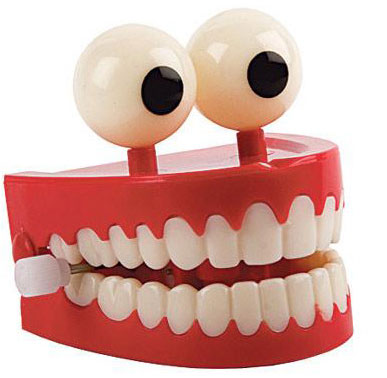Why do teeth stain?
While celebrities can show off their ivory white teeth, most people only have smiles . yellowish. Why is that?
Do not be too surprised, there are many things that can affect the color of the teeth and turn them into an unimaginably faint yellow.
Most of the causes of discolored teeth fall into two main cases: external and internal teeth stains .

Why is there a . cruel difference like this?
You will notice the external stains on the surface of the enamel, the outermost layer of the tooth. These stains often appear due to diet.
Not surprisingly, dark foods and beverages - including coffee, red wine, black tea, coca, dark sauces and fruits such as grapes and pomegranates - are capable of greatly coloring teeth. These foods have a lot of chromogen, a pigment that tends to cling to tooth enamel.
Acidic foods and drinks can worsen tooth enamel wear and make the chromogen pigment easy to attach to the teeth. Tannin , a bitter-tasting compound found in wine and tea, also helps chromogen to bind with enamel.
In addition, smoking is a famous culprit causing stains outside the teeth, as well as poor dental hygiene will allow plaque to build up on the teeth.
Meanwhile, the internal stains occur due to many different factors that change the properties of enamel and dentin.

There are many drugs that can make teeth yellow. For example, if children take tetracycline and doxycycline antibiotics when their teeth are still developing (before 8 years of age), their teeth may turn yellowish brown.
During adulthood, chlorhexidine, an antiseptic used in mouthwash to treat gingivitis, can change the color of teeth. Similarly, the anti-acne minocycline drug, a tetracycline derivative, also causes dental stains. Even relatively common drugs, such as antihistamines and blood pressure drugs, can sometimes cause yellowing of the teeth.
Drinking too much fluoride and using chemotherapy in the head and neck also causes stains inside the teeth.
In addition to internal and external stains, two other factors make yellowing of the teeth: genetics and age.
Similar to skin color or hair color, you are born with a teeth that appear whiter (or more yellow) than others. Partly due to the thickness of the tooth enamel. That is, if your enamel is thin, over a period of years, it will be very easy for you to have a pale . yellowish smile.
- 9 ways to make teeth white
- The big red stain of Jupiter is getting smaller
- The secret of white teeth thanks to food
- Feed real teeth from cells
- How to reduce pain when wisdom teeth grow
- The reason why you brush your teeth
- Worn teeth, lost profit because too much brushing
- Mistakes about wisdom teeth
- Wisdom is fatal and the danger is not known to everyone
- Teeth misalignment, how treatment?
- The teeth of dinosaurs resemble horse teeth
- 10 rules to brush teeth need to know
 Green tea cleans teeth better than mouthwash?
Green tea cleans teeth better than mouthwash? Death kiss: This is why you should not let anyone kiss your baby's lips
Death kiss: This is why you should not let anyone kiss your baby's lips What is salmonellosis?
What is salmonellosis? Caution should be exercised when using aloe vera through eating and drinking
Caution should be exercised when using aloe vera through eating and drinking